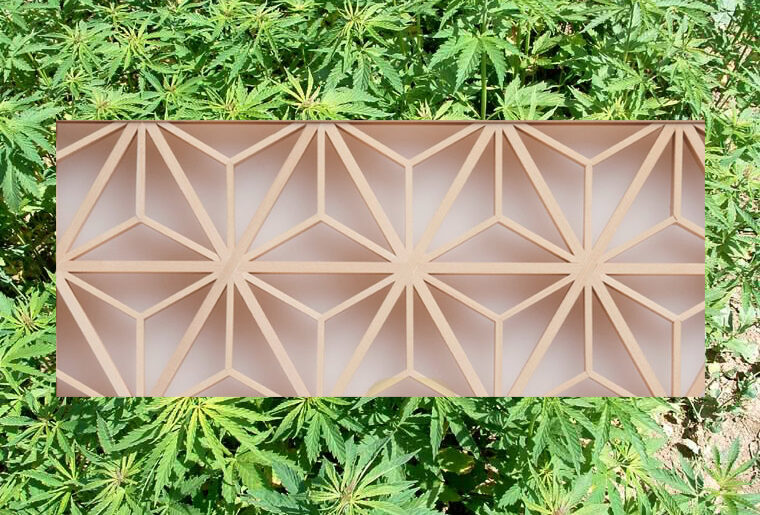Kumiko woodworking is one of the traditional arts of Japan. This technique does not use any metal joints such as nails and even glue is rarely used. Kumiko art has been influenced by the culture of different countries and it is not surprising that each country has changed its patterns according to its interests. Therefore, it can be said that Kumiko woodworking patterns are very extensive and can not be counted nor being listed. However,…
If you’ve watched Japanese movies and animations, you have probably seen kumiko woodworking already! Kumiko woodworking has an important place in traditional Japanese architecture. But what is kumiko woodworking? In this article, we are going to introduce this ancient Japanese art that is welcomed all over the world today and has many uses. Stay with us. What is Kumiko Woodworking? “Kumiko” is a traditional woodworking technique that creates fine geometric patterns by combining thin pieces…
If you are looking for a list of light-colored woods, you have come to the right place. This article will guide you to choose pale woods and light-colored woods. Light colors are perfect for giving your space an airy and clean aesthetic. Also, the use of pale woods in interior design is very common and makes the interior of the house look bigger. For example, light wooden flooring beaming adds dimension, while darker wood adds…
Woodworkers of the past were proud of their skills and tools; All over the world woodworkers were usually willing to pose for a picture. Today there are some really cool old woodworking photos out there for us to enjoy. This post is a collection of photos of lumberjacks, woodworkers, carpenters, and loggers collected from all over the world, from the United States and Canada to East Asia. All pictures are vintage and pertain to woodworking…
Water is a natural component of a tree. Typically, water makes up more than half the weight of the woody texture of a tree trunk. When the tree dries, the wood immediately begins to give off some of its moisture to its surroundings. As the wood continues to dry, its dimensions and physical properties begin to change. But part of the water remains in the structure of its cell wall even after the wood is…
